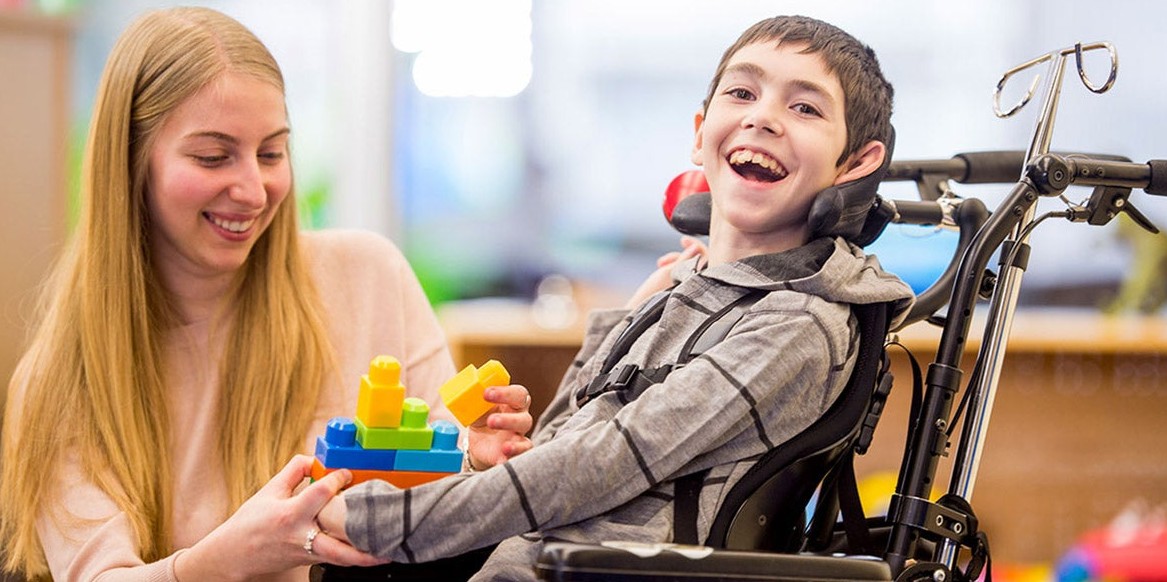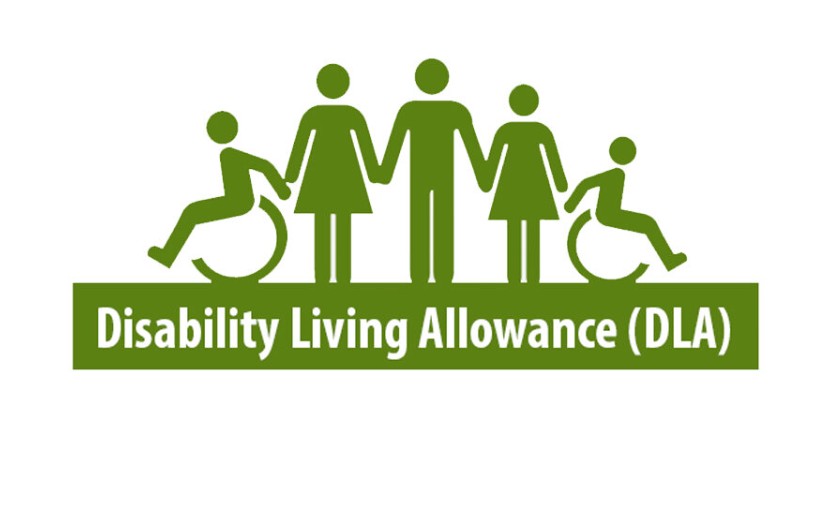Disability Living Allowance (DLA) is an important benefit for many people in the UK, offering financial support to those with disabilities or long-term illnesses that affect their daily care or mobility. If you’re asking what illnesses qualify for Disability Living Allowance, this guide will provide all the detailed information you need to understand eligibility, the application process, and what evidence to provide.
What Is Disability Living Allowance (DLA) and Who Can Claim It?

Disability Living Allowance is a benefit aimed primarily at children under 16 with disabilities or long-term illnesses, as well as some adults who claimed it before turning 16 or who are terminally ill. It helps cover the additional costs associated with extra care and mobility challenges.
DLA is split into two components:
- Care Component – For those who need help with daily personal care or supervision to stay safe.
- Mobility Component – For those who struggle with walking or need assistance getting around.
Unlike many other benefits, DLA is awarded based on the level of need, rather than a specific diagnosis. This means the focus is on how your illness or disability impacts your ability to perform everyday tasks or move independently.
What Types of Illnesses and Disabilities Usually Qualify for Disability Living Allowance?
There isn’t a fixed list of qualifying illnesses for DLA, but eligibility is based on how a condition affects your care and mobility needs. Here are the main categories of illnesses and disabilities that often qualify:
What Physical Disabilities Might Qualify?
Physical disabilities that limit movement or make personal care difficult often meet the criteria for DLA. Common examples include:
- Cerebral palsy affects muscle coordination and control.
- Muscular dystrophy causes progressive muscle weakening.
- Multiple sclerosis (MS) leads to problems with mobility, fatigue, and muscle control.
- Spinal cord injuries, including paralysis.
- Amputations or limb loss, requiring prosthetics or mobility aids.
- Severe arthritis can make movement painful or limited.
In these cases, DLA helps with the extra care or mobility support needed because the illness affects your independence.
What Chronic Illnesses Qualify for Disability Living Allowance?

Chronic health conditions that require ongoing care or impact mobility may also qualify, including:
- Severe asthma or chronic obstructive pulmonary disease (COPD), when breathing difficulties restrict physical activity or require constant treatment.
- Diabetes with complications, such as nerve damage (neuropathy) or vision problems that affect daily living.
- Epilepsy, especially with frequent or unpredictable seizures that require supervision.
- Heart conditions that cause severe fatigue or limit your ability to walk or perform daily tasks.
Even if these illnesses don’t cause permanent physical disability, the care and supervision required to manage them can make you eligible.
Can Neurological and Developmental Conditions Qualify?
Yes. Many neurological or developmental disorders impact your ability to live independently and often require care or supervision, including:
- Autism Spectrum Disorder (ASD), particularly when social communication challenges and behavioral issues require support.
- Learning disabilities that impact daily functioning.
- Brain injuries causing physical or cognitive impairment.
- Stroke survivors who experience lasting disabilities affecting movement or personal care.
If your condition means you need help with tasks like dressing, eating, or managing safety risks, you may qualify for the care component.
Are Mental Health Conditions Eligible for DLA?
While DLA primarily covers physical care and mobility needs, severe mental health conditions can qualify if they lead to substantial care or supervision requirements. Conditions that may qualify include:
- Severe anxiety or depression that makes personal care or daily activities difficult.
- Psychosis or bipolar disorder with episodes requiring constant supervision or assistance.
- Conditions causing memory loss, disorientation, or inability to manage risks safely.
If your mental health condition affects your ability to live safely and independently, you could be eligible for DLA support.
Do Sensory Impairments Qualify?
Yes, sensory impairments like:
- Severe visual impairments or blindness can impact mobility and require assistance outdoors.
- Profound hearing loss or deafness, especially if combined with other disabilities needing care.
People with sensory disabilities who require help planning routes, crossing roads, or managing communication may qualify for the mobility component.
Does Having a Terminal Illness Affect Eligibility?
If you have a terminal illness, you are usually entitled to the highest rates of both the care and mobility components of DLA automatically. This is designed to provide immediate and significant support without the usual detailed assessment.
How Does the Disability Living Allowance Eligibility Assessment Work?
DLA eligibility depends on the impact of your illness or disability on your care and mobility needs, not just the diagnosis itself. The Department for Work and Pensions (DWP) considers:
- How much help do you need with personal care tasks like washing, dressing, eating, or taking medication?
- Whether you require supervision to keep you safe from harming yourself or others.
- Your mobility needs, including how far and how safely you can walk outdoors or whether you need help navigating routes.
When you apply, you fill out a detailed form explaining how your condition affects these areas. You will usually need medical evidence from your GP, consultants, or therapists. Sometimes you may be asked to attend a medical assessment.
How Is the Care Component of DLA Awarded?

The care component is divided into three rates depending on your level of need:
- Lowest rate — if you need some help or supervision during the day.
- Middle rate — if you require frequent help during the day, or help during the night.
- Highest rate — if you need help or supervision both day and night, or constant supervision due to severe behavioral problems.
To qualify, you must demonstrate that your illness or disability means you cannot manage personal care without assistance or constant supervision to avoid risks.
How Is the Mobility Component of DLA Awarded?
The mobility component has two rates:
- Lower rate — for people who can walk but need guidance or supervision due to sensory or cognitive impairments.
- Higher rate — for those who are virtually unable to walk or whose walking ability is severely limited.
If your illness affects your ability to plan journeys safely or you can only walk a short distance without pain or fatigue, you may qualify for this component.
What Kind of Evidence Do You Need to Apply for DLA?
Submitting thorough evidence is crucial for a successful claim. You should include:
- Medical reports or letters from your GP, specialists, therapists, or hospital consultants.
- A personal care diary that records the help you need daily, including times and tasks.
- Statements from carers or family members who assist you regularly, detailing the support you require.
- Details of medications and treatments that affect your daily life or ability to care for yourself.
Be sure to explain how your condition fluctuates if you have “good days” and “bad days” and how this affects your need for care or mobility help.
What Should You Do If Your Condition Changes?
If your illness worsens or your care needs increase, you can ask for a mandatory reconsideration or submit a new claim to reflect your changed circumstances. Conversely, if you improve, it’s important to notify DWP to avoid overpayments.
Final Thoughts: Understanding What Illnesses Qualify for Disability Living Allowance
Disability Living Allowance is about the support you need, not just your diagnosis. If your illness or disability affects your daily care needs or mobility, you could be entitled to vital financial support through DLA.
If you’re unsure whether your condition qualifies, seek advice from welfare rights organisations like Citizens Advice or Disability Rights UK. They can help guide you through the application process and provide support.
Frequently Asked Questions About Disability Living Allowance
Can someone with only a mental health condition get DLA?
Yes, if the condition significantly impacts personal care or mobility needs and requires supervision or help.
Is DLA the same as Personal Independence Payment (PIP)?
No. PIP has replaced DLA for most adults aged 16 and over. DLA mainly remains for children under 16 and some adults who claimed it before 16.
How long does the DLA application process take?
Processing times vary, but expect several weeks or months, depending on the complexity of your claim.

Leave a Reply